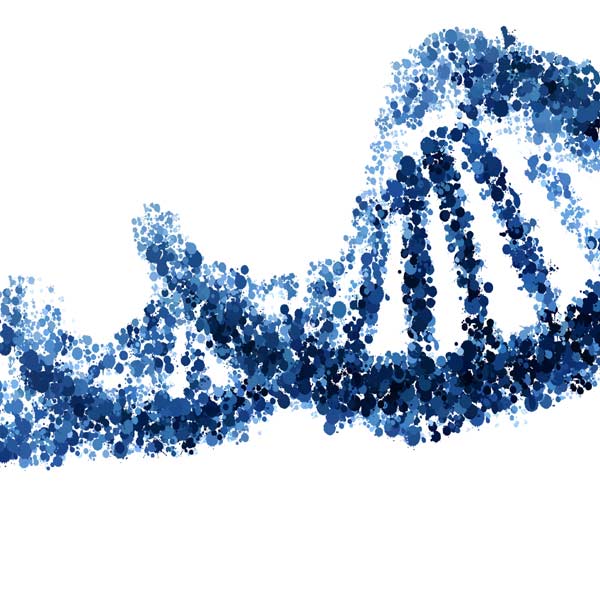Chinese scientists make chromatin breakthrough
 |
|
The new discovery of DNA's structure by Chinese scientists will provide key information for unanswered genetic questions. [Photos provided to China Daily] |
"The DNA molecule is like a very thin filament. Two parallel filaments - the double helixes - fold and wind to form a string, and the string folds and winds into a rope. This is like the quaternary structure of chromatin - the form in which DNA exists in the nucleus of a cell," says Xu Ruiming, a professor of the Institute of Biophysics at the Chinese Academy of Science, who leads a group working on structural studies of gene expression and regulation.
The 30-nanometer chromatin fiber, the structure of which was recently posited by three research teams including Xu's, refers to the secondary structure, or the "string" formed by the double helixes of DNA molecules.
The scientists obtained the image of a 30-nanometer fiber from a cryo-electron microscopy, and for the first time in the world, found its structure - a left-handed double-helix structure in which the double helixes wind to the left, opposite to the DNA structure.
"The DNA condensation is not a random event. You can imagine that when you try to roll the wool into a ball, you will follow certain rules so it won't get tangled," Xu explains.
"The DNA condensation process is much more carefully designed - it has such special mechanisms to ensure both condensation and relaxation of the DNA, depending on which genes are necessary for cell function at any given time."
As a result, the discovery will provide key information for unanswered genetic questions, the researchers say.
"These questions include why one identical twin may have lupus while the other does not; why a fertilized egg can differentiate into more than 200 different cells; and why some drugs that act on chromatin would be effective on curing cancer," says Li Guohong, a professor at the Institute of Biophysics at the Chinese Academy of Sciences, who led a team that studied chromatin in the research.
According to Li, the 30-nanometer fiber - secondary structure of chromatin - is crucial for gene expression.
"DNA encodes the genetic information of all living organisms. However, not all the information is expressed. The selective expression of genetic information lies in the process of the relaxation of the DNA, which is decided by the way it was folded up, or the structure of the 30-nanometer fiber," he says.
Despite the international science community's acknowledgment of the function of the fiber, its structure had remained elusive over the past 30 years.
In the past, textbooks have described it as "solenoid" - an unsubstantiated hypothetical structure.
"Our discovery will definitely rewrite the textbooks," Li says.
















